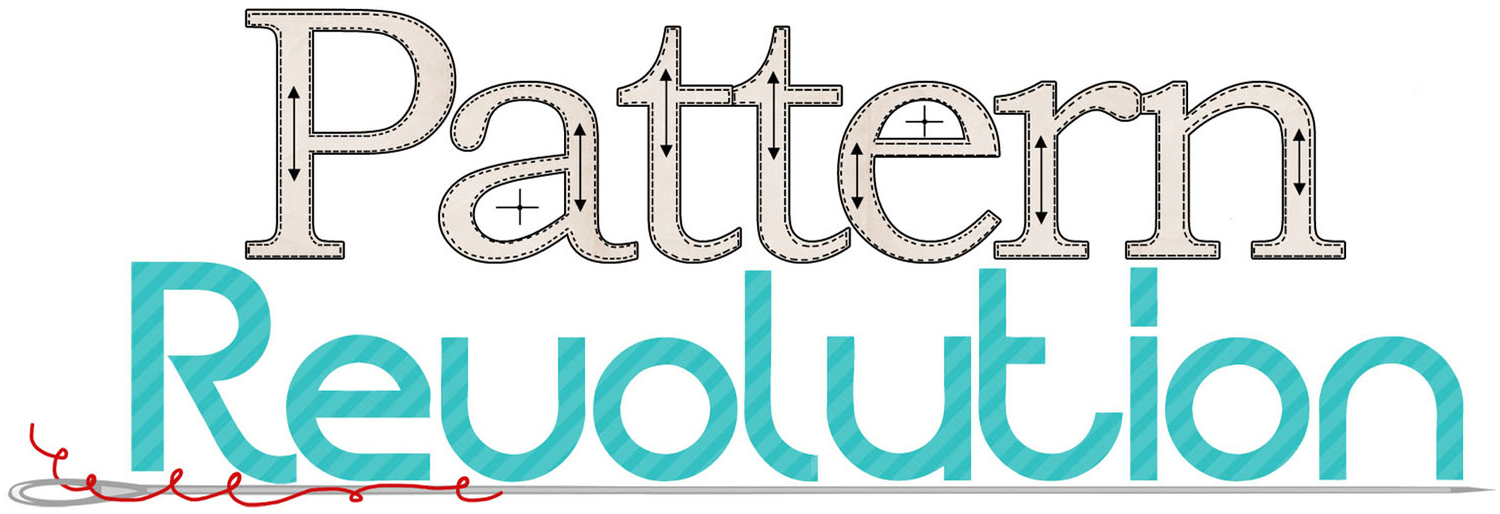How to Make a Fur BeanBag Cover with Shannon Fabrics
/Today we are sharing more makes with Shannon Fabrics. Today we are taking an old beanbag and giving it new life by making a cover out the Curly Yak Fur from the Shannon Fabrics Fur line.
Hi there! This is Sarah and today I am sharing a fun project that anyone can make: a bean bag cover! I have had a large beanbag for a while and it needed a new cover to bring it back to life. Enter this amazing Shannon Fabric Curly Yak Fur in Ballerina.
As you can see, this oversized beanbag is a perfect little reading spot that I am creating for my daughter in the corner of my sewing room. She loves to hang out with me while I sew and I wanted her to have her own little spot that isn't her laying on top of my fabric piles (which is what she currently does!) The process to make the bean bag cover is very simple and if you don't have a bean bag to cover, you can stuff the cover with bean bag filler or even fabric scraps to fill it up!
For the bottom of the beanbag cover, I used a non-skid fabric so that my bag does not crawl around as my kids jump on and off. My beanbag measured 48" across the top, so I folded the non-skid in half and marked a starting point along the folded edge. Then I measured out 24" and marked that point.
Pivoting from the center part I marked, I continued marking 24" from the part to make a quarter-circle. Once that was marked, I folded the piece in a half again and cut along my marked line.
Once the marked line was cut, it formed my bottom circle.
Then I used that piece as a pattern to cut out my top piece of fur. Since this fur is super long and fluffy, I cut from the bottom and tried to place my scissor blade very close to the backing and not cutting through the stands of fur.
Once the top and bottom piece were cut, I cut strips of the fur across the width of the fur to the height of the sides of my beanbag (which for mine was 15"). I calculated the total width I would need by taking my mid point measurement (24") and multiplying that by 6.28. (Is anyone else having flash backs of math class?)
Once it was all cut, I sewed the side pieces together to form the band and then sewed that to the top. For the bottom, I inserted a 72" nylon upholstery along one side and sewed the remaining portion closed. The zipper allowed me to put the existing beanbag into my cover. If you want to stuff it will beanbag filler, you could sew around the whole bottom, leaving only a small portion of the seam open to turn the cover and fill the beanbag. Then sew that portion closed once it is filled.
As you can see, my daughter was THRILLED with her new beanbag. Her sister also loved it, so it looks like I will be making another one very soon.
Thanks for stopping by and let us know if you have any questions!
The fabric for this post was generously supplied by Shannon Fabrics.











